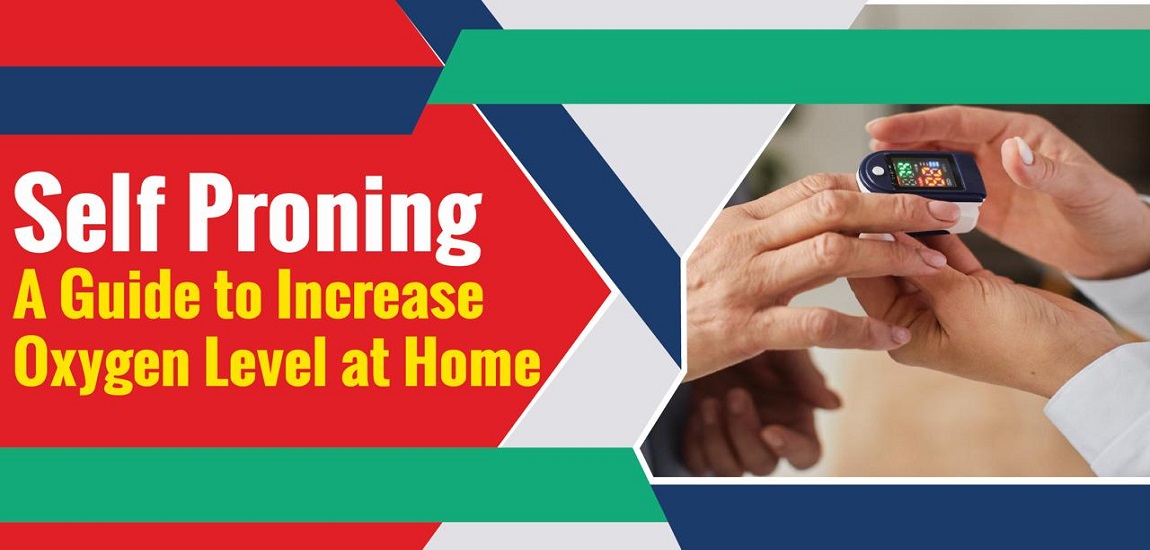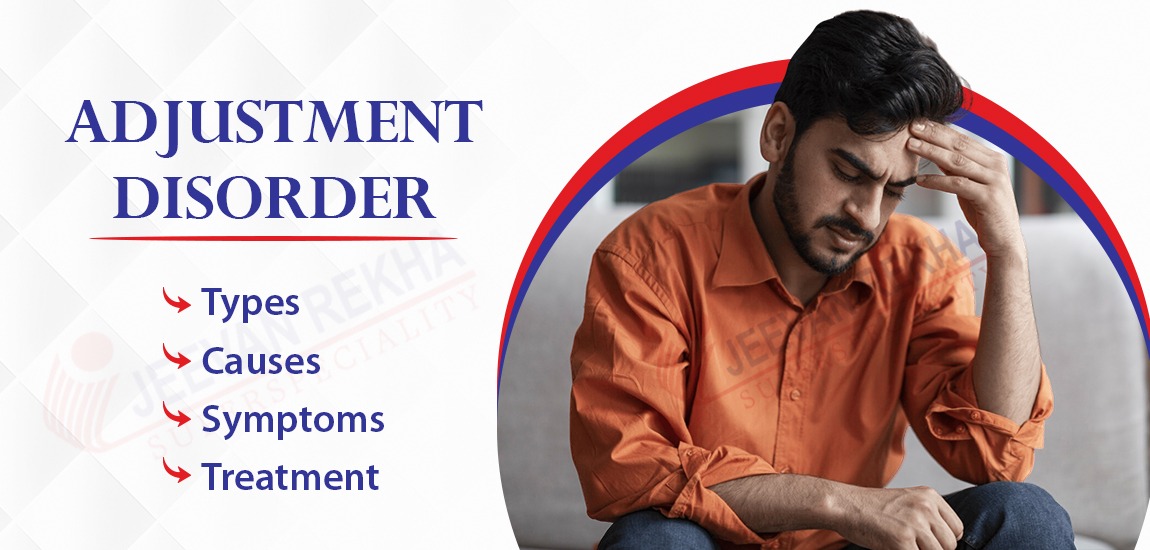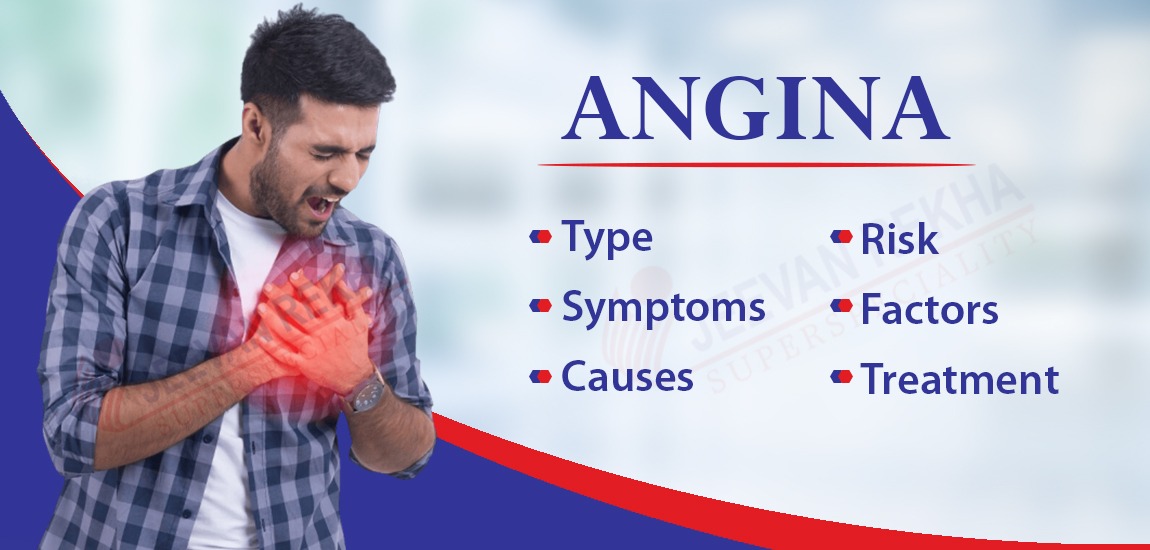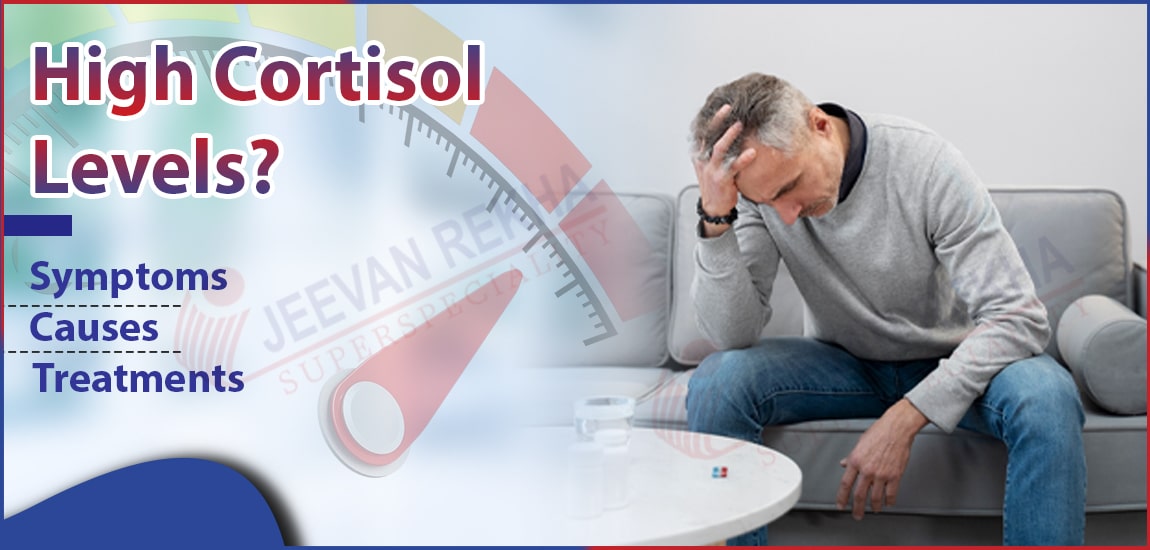
- By JRSH Admin
- In Health and Tips,
- Posted June 27, 2021
Self Proning: A Guide to Increase Oxygen Level at Home
Self Proning is a breathing technique that can be used by COVID-19 patients receiving care at home if they are experiencing breathing discomfort, a Union health ministry document explains, including details on how it can improve oxygenation.
In addition to affecting the distribution of air in the lungs, the position of the body can also influence the integrity of the delicate alveoli required for oxygen exchange between the blood and the lungs.
Physicists have long known that lying on one’s back can harm the lungs, particularly for patients receiving mechanical ventilation.
Medical procedures are typically performed while the patient is lying on his or her back. In other words, Pronating is the process of turning a patient from their back to their stomach (abdomen) in precise, safe motions.
COVID-19 patients with or without ventilator needs should especially benefit from the position because it allows for better expansion of the dorsal (back) lung regions, better movement, and improved clearance of secretions, all of which lead to improved oxygenation (breathing).
Large randomized trials have shown that prone positioning in intubated ARDS patients improves oxygenation and reduces mortality. However, increasing clinical experience of treating COVID-19 patients have shown profound improvements in oxygenation, often delaying and sometimes eliminating intubation.
Self- Proning For Coronavirus
PRONING is the process of turning a patient with precise, safe motions so the individual lies face down on the abdomen (stomach).
Generally speaking, pronating is an accepted position for improving breathing comfort and oxygenation.
In COVID-19 patients with compromised breathing comfort, particularly during home confinement, it is extremely beneficial.
COVID-19 patients who present with severe hypoxemia often have severe respiratory problems. In the initial management recommendations, early intubation was recommended, but it was not supported by evidence.
Most hospitals are focusing on developing wake-up or self-prone protocols early on in a patient’s stay to reduce the risk of intubation and improve oxygenation.
With self proning, patients roll themselves onto their stomachs or sides instead of being paralyzed, sedated, or rotated by their physicians (the more labor-intensive and risky proning procedure in patients with acute respiratory distress syndrome).
You Can Read Also: Covaxin vs Covishield
An observational study was conducted by researchers in the emergency department of a New York City hospital. Researchers measured change in oxygen saturation 5 minutes after self proning in 50 patients with hypoxia (subsequently confirmed to be COVID-19).
When patients were given supplemental oxygen, their oxygen saturation increased to 84%, from 80% on arrival. Following 5 minutes of pronation, median oxygen saturation reached 94%.
Finally, 36% of patients entered intubation within 72 hours, and 38% (7) were intubated within one hour of entering intubation.
Many studies refer to self proning as a useful skill during the current COVID-19 pandemic because of the respiratory system’s involvement and the lack of medical care.
Many of these studies revealed that improving oxygen saturation was also effective among COVID-19 patients.
In recent guidelines issued by the Ministry of Health and Family Welfare, patients with COVID-19-related respiratory issues are encouraged to pronate at home.
Advantages Of Self Proning At Home
These are the following advantages of Self Proning at home:
- Proning helps in the reduction of lung injury.
- Proning reducing ventilator heterogeneity and improving ventilation.
- It improves the recruitment of dorsal alveoli and the V: Q ratio.
- The distribution of tidal volume and end-expiratory lung volume is more uniform, thus reducing the cyclical opening and closing of alveoli (reduced atelectasis).
- The lungs remain more homogeneous (less compressed) and have decreased deformation in prone, resulting in increased ventilation.
- It aids digestion. Small intestine wastes are transported to our large intestine through the ileocecal valve, located in the lower right abdomen.
(Dysfunctional functioning of this valve leads to intestinal problems.)
- Assists in reducing heartburn. According to Ayurvedic principles, proning on your left side aids digestion and waste elimination, but modern research also supports this view. Trusted Source conducted a study in 2010 of 10 participants and found a correlation between laying on the right side and more heartburn (also known as GERD) than when laying on the left side. It is believed that when we lie on our left side while we sleep, the stomach, as well as its contents, remain below the esophagus.
- By decreasing chest wall compliance, as the anterior part of the chest is now directed towards the bed, it reduces regional lung stress and potentially decreases the likelihood of a patient self-inflicted lung injury (p-SILI).
- The diaphragm’s contraction causes a more uniform distribution of stress.
- Enhances brain health. We also accumulate gunk on our sides, so sleeping on our sides can be beneficial. If you are prone on your left or right side, your body gets rid of interstitial waste from the brain faster than if you sleep on your back or stomach. You may be able to reduce your risk of developing Alzheimer’s, Parkinson’s, and other neurological diseases with this brain cleanse.
- Proning also improves the secretion mechanism.
Self-Proning Procedure for Covid
Follow the steps given below to perform proning medicinal techniques.
- You need three pillows for performing self proning practice. Place the first pillow below your neck, a second pillow below your stomach, the third pillow below your legs, And lie down on the pillow facing your belly. Stay in this position for 30 min – 2 hours.
- Now, lie down in the plane area without a pillow on the left side of your body. Put your left hand beneath your neck and your right hand resting on the floor. Stay in this relaxing position for 30 min – 2 hours.
- In the third position, you will be lying on the right side of the body similar to the left side. Putting your right hand beneath your neck and your left hand will be resting on the floor. Just opposite of the second step. Maintain this position for 30 min – 2 hours.
- The fourth position will be sitting on the floor while extending your legs straight and taking support through your hands. In this position take deep breaths and calm your body. Stay in this position for 30 min – 2 hours.
After completing all the positions start again with the first step.
Dos and don’t of Self-Proning
The things you keep in mind while doing self-proning are given below:
- Prone only as often as is comfortably tolerable otherwise, it may cause muscle stiffness.
- After the meal, you shouldn’t pronate for at least one hour. You can feel bloaty while doing this after having your meal.
- Depending on one’s comfort, one may be prone for up to 16 hours daily, in multiple cycles. This will help you in relaxing your body and improving your respiration cycle.
- Adjust the pillows a bit to fit your comfort level and change pressure points.
- You should keep an eye out for any pressure sores or injuries, especially around bony prominences. You should not push hard at that point without discussing it with doctors and specialists.
Who should avoid Proning?
The various conditions that should use to avoid proning include:
- Pregnant ladies should not do proning.
- Unstable spine, femur, or pelvic fractures.
- These practices are not followed by someone with a major heart issue.
- An appendectomy should not be performed if the patient has undergone it within a week.
- A person having deep venous thrombosis ( Treated in less than 48 hours).
Things to do other than self-proning
- A routine that only focuses on your body is what you need.
- Daily, you should walk for at least 10 minutes in the morning. This has two benefits, first, you will get fresh & pure air and second, your body gets more active and strong.
- You should do yoga (Sukhasana, Bhujangasana, Matsya Asana, Padma Sarvangasana) every morning. This will improve your respiratory system, but keep in mind that you don’t stress out your body.
- As we all know the human body consists 70 % of water. Never forget to keep your body hydrated. Hydration of the body is most important, you should drink at least 5-7 liters of water per day.
- The proper diet and medicines will be taken at the right time.
- Once you have begun to recover, it is time to start increasing your exercise regimen.
Conclusion
Self proning helps people avoid breathlessness and some sort of spO2 dip. Researchers found that the procedure was effective in patients with COVID-19.
In this critical situation, self proning can be crucial to buying you some additional time for medical assistance, it will improve your oxygen saturation, alleviate your respiratory symptoms, and reduce the requirement for oxygen supplements and ventilators. Also, it prevents fluid from accumulating in the lungs.
You Can Read Also: Everything You Need to know about COVID-19 Antibody Tests
Because COVID-19 primarily affects the lungs, self proning will serve as a shield against this pandemic. As a result, your body will be healthier and more prepared to fight against this condition.
Proning has other benefits too, it relaxes your entire body, useful for ailments caused by tensions like hypertension, insomnia, etc.
Frequently Asked Questions
Q. How to prone a Patient to Covid?
Ans: Follow these steps to prone a patient of covid:
Position 1: Lie down on a surface with three pillows under your neck, stomach, & legs. Maintain this position for 30 min – 2 hours.
Position 2: Turn your body to the right side and put your right hand below your neck.
Maintain this position for 30 min – 2 hours.
Position 3: Turn your body to the left side and put your left hand below your neck.
Maintain this position for 30 min – 2 hours.
Position 4: Sit on a surface, extend your legs forward while taking the support of your hands. Maintain this posture for 30 min – 2 hours. Repeat the steps in different cycles.
Q. Who should not do proning?
Ans:
- You should not do it after a meal for about 1 hour.
- Patients having cardiac issues.
- The patient having a fracture in the pelvic region and femur.
- Proning is not recommended for patients with deep vein thrombosis.
- It should not be tried by pregnant women.
Q. What precaution to take while proning?
- You should not exaggerate any position.
- Maintain a close watch on any pressure sores or injuries, especially around bony prominences.
- Set yourself up in a comfortable position.
- Always avoid proning for an hour after meals.
Q. How effective is self proning in patients with COVID-19?
Self-Proning is doing wonders in improving the condition of patients with COVID-19.
This treatment improves oxygen saturation and reduces the use of ventilators and oxygen supplements.
Furthermore, it prevents the worsening of respiratory symptoms such as hypoxia or dyspnea. Hypothesis testing indicates that reducing the oxygen needed by patients with COVID-19 pneumonia who are on low-flow oxygen therapy can be achieved with a simple incentive to self-prone.
Q. What are the drawbacks of self proning in COVID-19 patients?
Proning improves oxygen saturation but has certain limitations. Whenever the oxygen saturation value drops rapidly, this technique is not life-saving. Oxygen cylinders and other medical interventions are not substituted by the procedure.
This may improve oxygen saturation for a short period before medical assistance arrives. The oxygen saturation level falls rapidly, so call an ambulance and other assistance as soon as possible.
Q. How self proning improves oxygen level?
Placing the head in a prone position contributes to improved ventilation, keeping alveolar units open, and improving breathing. When the patient has a low SpO2 level (less than 94) and is having minor difficulty in breathing, the proning technique helps to raise the SpO2 level and reduce breathlessness.
Blood is redistributed and ventilation is improved. By promoting pronation, lung compression is reduced and secretions are cleared. Additionally, it manages ventilation-perfusion (V/Q) mismatch and improves oxygenation. Prevention and proper ventilation can save many lives.
Tags
Blog Search
Latest Posts
-
Skin Ulcers Uncovered: Causes, Types, Symptoms, and Healing Options
January 13, 2026 -
Is Coconut Water Safe During Pregnancy? Benefits, Risks & Myths
January 08, 2026 -
Dark Circles Under The Eyes: Causes, Home Remedies and Treatments
December 21, 2025 -
बर्ड फ्लू के लक्षण, कारण, उपचार और बचाव के उपाय जानें
December 04, 2025 -
Best Diet Plan for Menopause Weight Management
November 25, 2025




